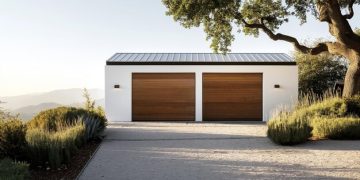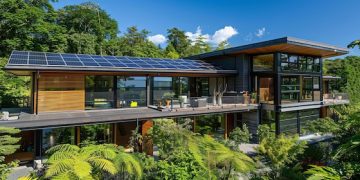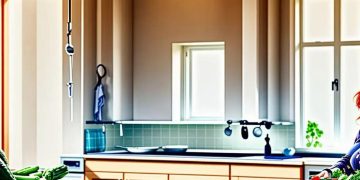Sustainable home upgrades that enhance your living space

Sustainable home upgrades enhance energy efficiency, improve indoor air quality, and increase property value while providing long-term savings through cost-effective and eco-friendly choices.
Sustainable home upgrades are becoming increasingly vital as more people seek environmentally-friendly solutions without sacrificing comfort. Have you considered how simple changes can transform your living space?
Understanding sustainable home upgrades
Understanding sustainable home upgrades is essential for anyone looking to create a healthier living space. These upgrades not only benefit the environment but also enhance your home’s efficiency.
When you think about making improvements to your home, consider the impact of your choices. Sustainable upgrades can reduce your carbon footprint and save you money on utilities in the long run. It’s not just about being eco-friendly; it’s also about creating a comfortable and economical environment.
Why choose sustainable products?
Sustainable products are designed to minimize environmental harm. By making the right choices, you can:
- Decrease energy consumption
- Utilize renewable resources
- Enhance indoor air quality
- Boost home value
For instance, when upgrading your kitchen, consider using reclaimed wood or bamboo for cabinets. These materials not only look beautiful but also contribute to a healthier planet.
Another area to explore is energy-efficient appliances. Investing in appliances with the Energy Star label means you’re choosing equipment that uses significantly less energy, reducing both your bills and environmental impact.
Simple upgrades to get started
There are many simple ways to begin your journey toward a sustainable home. Here are a few ideas to get you started:
- Install low-flow faucets and showerheads to conserve water.
- Switch to LED lighting for better energy efficiency.
- Add insulation to reduce heating and cooling needs.
- Use non-toxic paints and finishes for safer air quality.
Each small change contributes to a larger goal. By prioritizing sustainability in your home, you contribute to a greener future.
Benefits of upgrading to sustainable materials
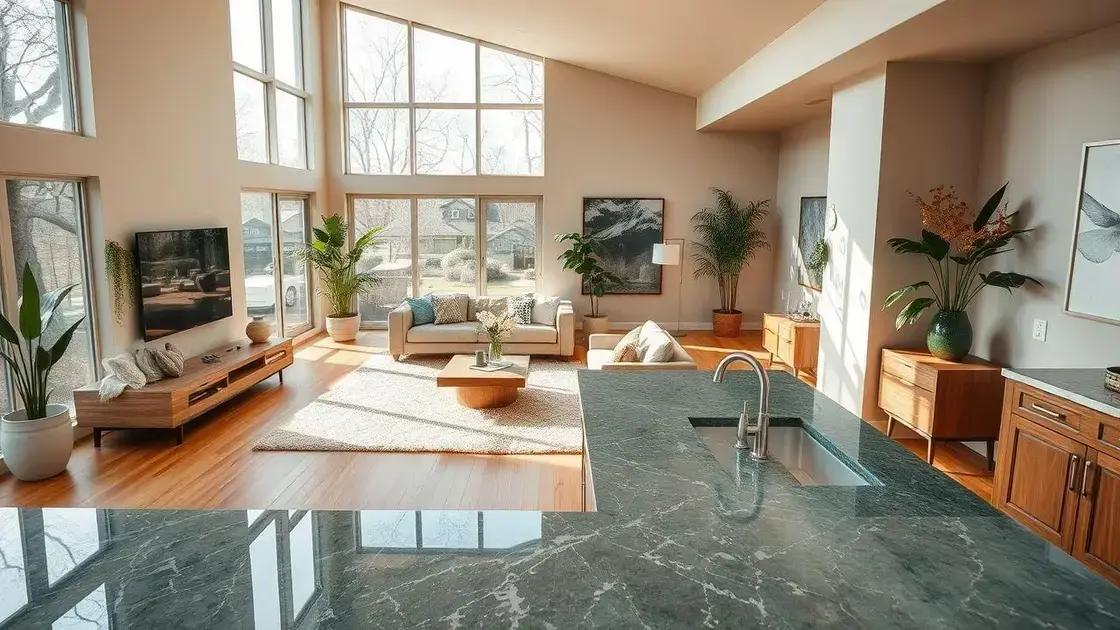
Benefits of upgrading to sustainable materials are numerous and impactful. When you choose sustainable materials in your home renovations, you not only improve the environment but also enhance your living experience.
By utilizing sustainable materials, homeowners can expect a range of positives. For one, these materials are often more durable, which means they last longer and require less frequent replacement. This longevity leads to lower costs over time, making them a wise investment.
Advantages of sustainable materials
Using sustainable materials comes with several clear benefits, such as:
- Environmental impact: These materials are typically sourced responsibly and have a lower ecological footprint.
- Healthier indoor air quality: Many sustainable materials are free of harmful chemicals, improving the air you breathe.
- Energy efficiency: Sustainable materials can enhance your home’s energy performance, leading to lower utility bills.
- Increased home value: Environmentally friendly upgrades can make your property more attractive to potential buyers.
When considering flooring options, for instance, bamboo and cork are excellent choices. They not only look stylish but also grow quickly and require fewer resources to produce. This combination of beauty and sustainability makes them perfect for modern homes.
Another great example is using recycled glass or metal in your countertops. They add a unique aesthetic while keeping waste out of landfills. More importantly, these materials often provide superior durability compared to traditional options.
Cost-effective sustainable upgrades
Cost-effective sustainable upgrades can transform your home without breaking the bank. Many effective upgrades promise long-term savings while helping the environment.
One of the easiest options is to focus on energy-efficient lighting. Replacing traditional bulbs with LED lights can drastically reduce your energy bill. Not only do LEDs use less electricity, but they also last much longer, so you spend less on replacements.
Affordable upgrade ideas
Consider these cost-effective methods to enhance sustainability:
- Install a programmable thermostat to optimize heating and cooling.
- Use weather stripping to seal windows and doors, keeping your home cozy.
- Opt for low-flow water fixtures that save both water and money.
- Start a compost bin for your kitchen waste, reducing landfill contributions.
Another great choice is to invest in insulation. Adding insulation to your attic can lower heating and cooling costs significantly. Although upfront costs might seem high, the long-term savings often outweigh the initial expense.
Switching to smart power strips can also reduce energy waste. These strips automatically cut power to non-essential devices when they’re not in use, ensuring you’re not paying for energy when it’s not needed.
Lastly, consider enhancing your landscaping with native plants. They require less water and maintenance, making them an economical choice. Plus, they boost local wildlife and biodiversity.
Tips for implementing upgrades in your home
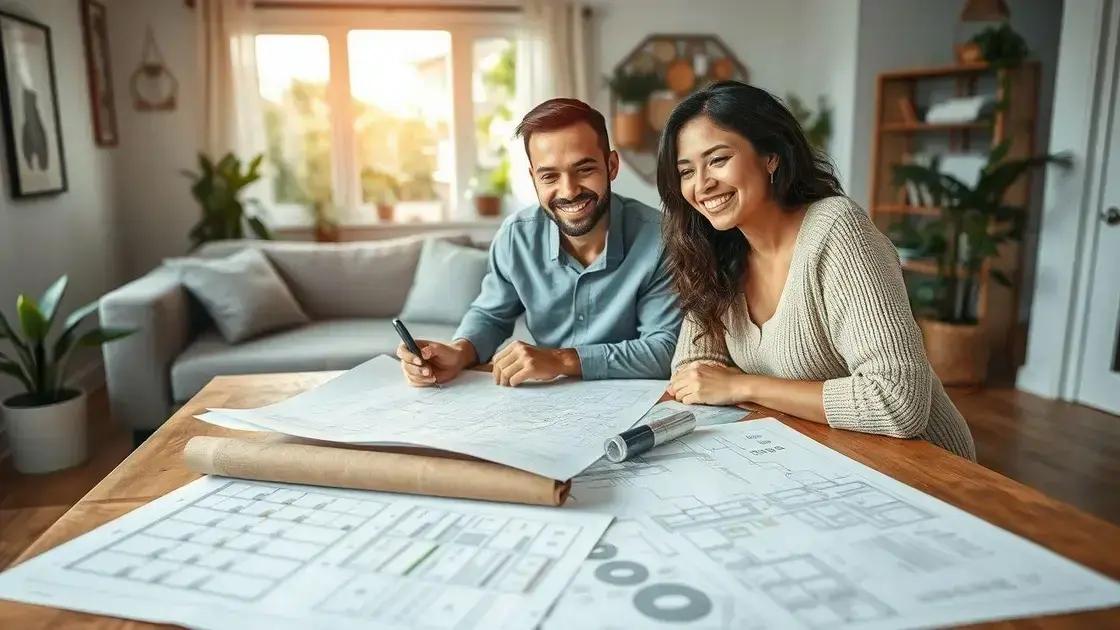
Tips for implementing upgrades in your home can make a big difference in how effectively you improve your living space. Following the right steps can help ensure your upgrades are both successful and sustainable.
First, start by assessing your needs. Consider which areas of your home require the most attention. Are you looking to save energy, improve air quality, or enhance aesthetics? Understanding your goals will guide your upgrade choices.
Plan your upgrades
Creating a plan is essential before starting any upgrades. Here are some key points to consider:
- Set a budget to avoid overspending.
- Research sustainable materials that fit your style.
- Consult professionals when necessary to ensure safety and quality.
- Prioritize upgrades that offer the greatest efficiency gains.
Once your plan is in place, focus on one project at a time. This approach prevents overwhelm and allows for better quality work. Pairing upgrades together, like installing new windows and adding insulation, can enhance overall efficiency.
Also, consider DIY options for smaller projects. For example, painting with low-VOC paints or adding weather stripping can be done without professional help. These little changes can often lead to significant improvements.
Engage the community
Engaging with your community can provide additional support and resources. Many local organizations offer workshops on sustainable home practices. Joining these sessions can give you hands-on experience and valuable insights.
Finally, take your time to enjoy your upgrades as they happen. Celebrate each completed project, and reflect on how those changes enhance your quality of life. This helps to keep motivation high for future improvements.
FAQ – Frequently Asked Questions about Sustainable Home Upgrades
What are some easy sustainable upgrades I can start with?
Easy upgrades include switching to LED lighting, installing low-flow faucets, and adding weather stripping to doors and windows.
How can I find cost-effective sustainable materials?
Research local suppliers and look for materials that are certified sustainable. Compare prices and consider shopping during sales or using reclaimed materials.
Do sustainable upgrades really save money in the long run?
Yes, while some upgrades may have upfront costs, they often lead to savings on energy bills and reduced maintenance costs over time.
Is it necessary to hire professionals for all upgrades?
Not necessarily! Many simple projects can be done DIY. However, for complex tasks like electrical work or major renovations, it’s best to consult professionals.

